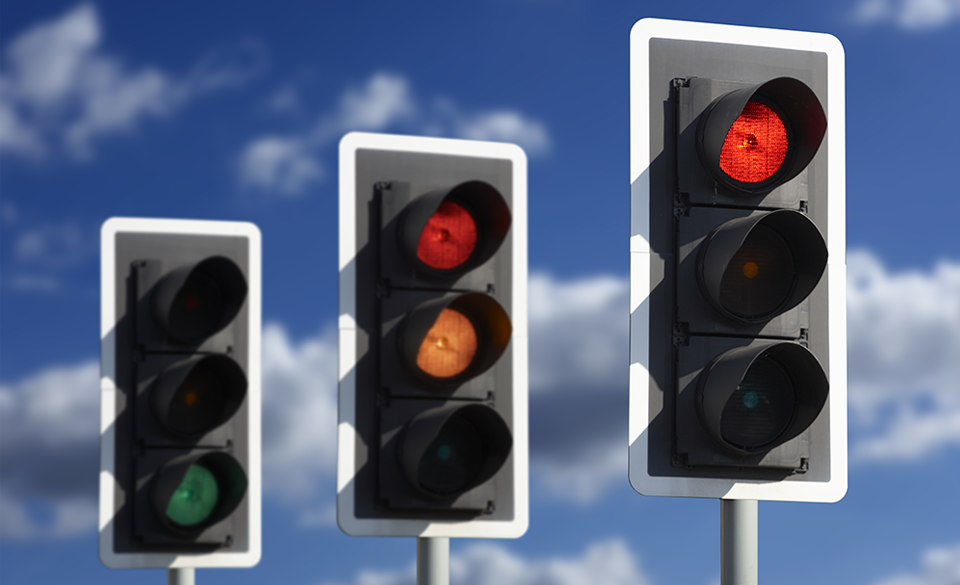As we go about our daily commute or taking the children to school, we are all going to come across traffic lights at some point. They have become a common sight on roads throughout the UK and they help to keep our roads safe and moving. However, we kind of take them for granted because they are a part of driving in the modern world.
When we consider the other things that we rely on when we drive, it has shown us how reliant we are on technology, such as heated seats or parking sensors. It is even possible to have some of this technology retrofitted, enabling it to be installed in models that didn’t have it installed as standard. However, what is the history of traffic lights? Read on and find out more.

© Daniel Heighton / Shutterstock
When were traffic lights first Introduced?
Traffic lights were first introduced in 1868 and were placed outside the Houses of Parliament. The design of traffic lights and the idea behind them were taken from signalling systems found on the railway. Of course, cars had not been invented at this point and so they were used to control the movement of horse carriages, while improving safety for pedestrians.
These traffic lights had to be operated by someone, unlike modern examples that are automatic. Consisting of semaphore arms, they were used during the day, while during the night, gas lights that were red and green helped horse carriages to see the signals in the dark.
Moving forward
The initial system did suffer from problems, as the gaslights could explode - which was something that did happen in 1869, killing the policeman who was operating it.
However, once we moved in the 1900s, traffic lights started to evolve, and this tied in with the introduction of motorised vehicles on roads. Safety became even more necessary in order to protect pedestrians. Furthermore, the introduction of electricity on a wide scale meant that it became easier to power traffic lights.
It wasn’t until 1926 that we first saw traffic lights that resemble what we see today - the three-colour traffic lights. First seen in Piccadilly in 1912, they were still manually operated. It wasn’t until a year later that the first automatic lights were used, when they were installed in Wolverhampton. This was initially an experiment, but they were so successful that they then became permanently installed in 1930.
As the 1960s arrived, it tied in with the invention of the computer and it was from here that traffic lights were used as part of complex systems. They became computerised, which means they were able to work with other systems and on timers, making them more sophisticated than ever before.
This has brought us to where we are today. Traffic lights are now extremely intelligent, as they can monitor traffic and change automatically, based on traffic flow. They also provide data and feedback to centralised systems that help traffic to flow freely and safely.
It is believed that in the future, our vehicles will be able to communicate with traffic lights and other vehicles, helping to make the way in which our roads move more efficient and a lot safer at the same time.

